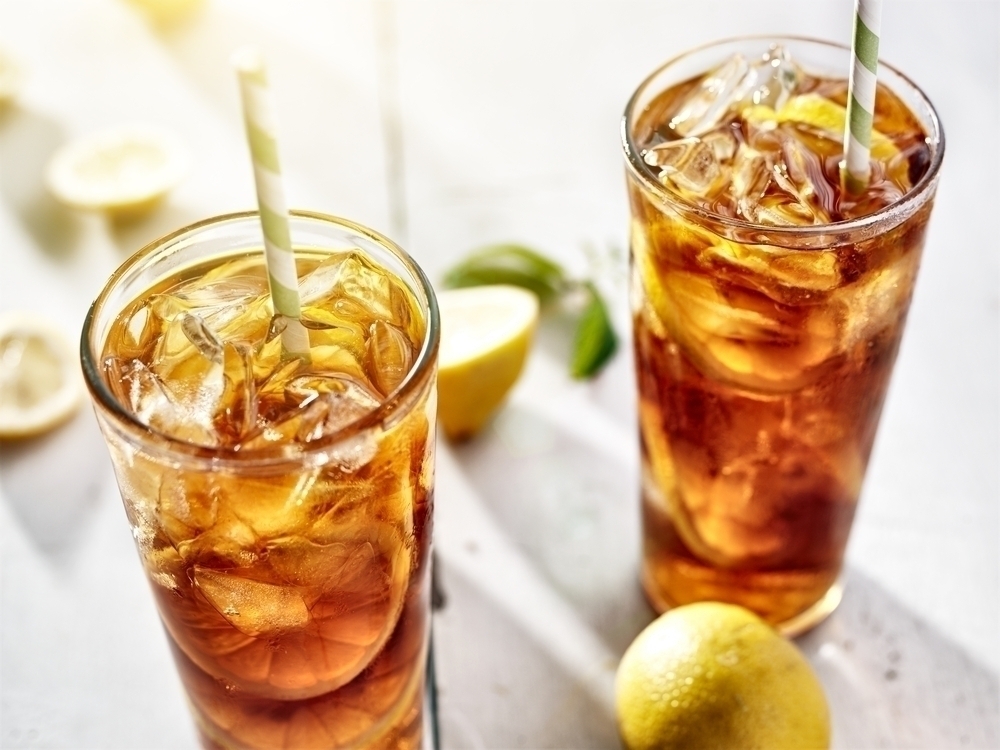Remember when summer was the most exciting part of the year? You got out of school and you had endless hours of sunshine, freedom and fun. Growing up does not mean that your favorite summer pastimes are just long forgotten, especially if you have children. Chances are that when you were a kid you loved summer with a passion and you can recreate that for your children, or for yourself as a reminder to take a break once in a while. This Resveralife Live Well Guide presents some our favorite pastimes to enjoy this summer.

Make Ice Cream/Popsicles
Nothing is quite as satisfying as homemade ice cream and as a bonus you can make any flavor that you want. One of our favorites is a classic strawberry ice cream featuring freshly sliced berries. Add a spray of whipped cream and some sprinkles for added indulgence. If you aren’t into the idea of either investing in an ice cream maker or having to do all the work by hand, consider making your own popsicles. As a kid you may have made a lowkey orange juice popsicle, but as an adult your tastes have probably matured. Try blending mangoes, pineapples, milk and full fat canned coconut milk and freeze in popsicle molds for a taste of the tropics.

Take Yourself to the Ballgame
Even if your town isn’t home to a major league team, a baseball game is a great way to enjoy the summer air. Many cities have either minor league or local teams that play and you can join in on the fun. Get into the game and enjoy cheering with a crowd of people. And of course, don’t forget the hot dogs and beer (if you’re legal drinking age of course)!

Go Swimming
Bonus points if you go swimming in an outdoor pool. Swimming and playing in the water was probably an activity you loved as a kid, so why not take a dip in the summer as an adult. Many areas have outdoor pools that allow you to join via a daily, monthly or yearly membership so that you can go whenever the mood strikes, or when you have a bit of extra time. If there are no outdoor pools near you, check out your local YMCA or look for a gym that offers lap swims or water aerobics to get not only the fun of being in the water, but health benefits as well.

Go to a Garage Sale
Depending upon where you live this may or may not have been a part of your childhood summers. Spend a Saturday morning cruising your neighborhood and look at all of the odds and ends your neighborhood has to offer. If you do not live in an area where garage sales are a big deal, such as a major city, head to an antique mall or other vintage stores to browse.

Catch Fireflies
Whether you call them fireflies or lightning bugs, these always signaled the true summer season. Catching fireflies is a great activity to do with your own children or with a date as the end of a romantic, fun evening.
No matter how old you get, there is always room for a bit of play and fun. Spend this summer participating in pastimes that make you feel young and exuberant again.

























